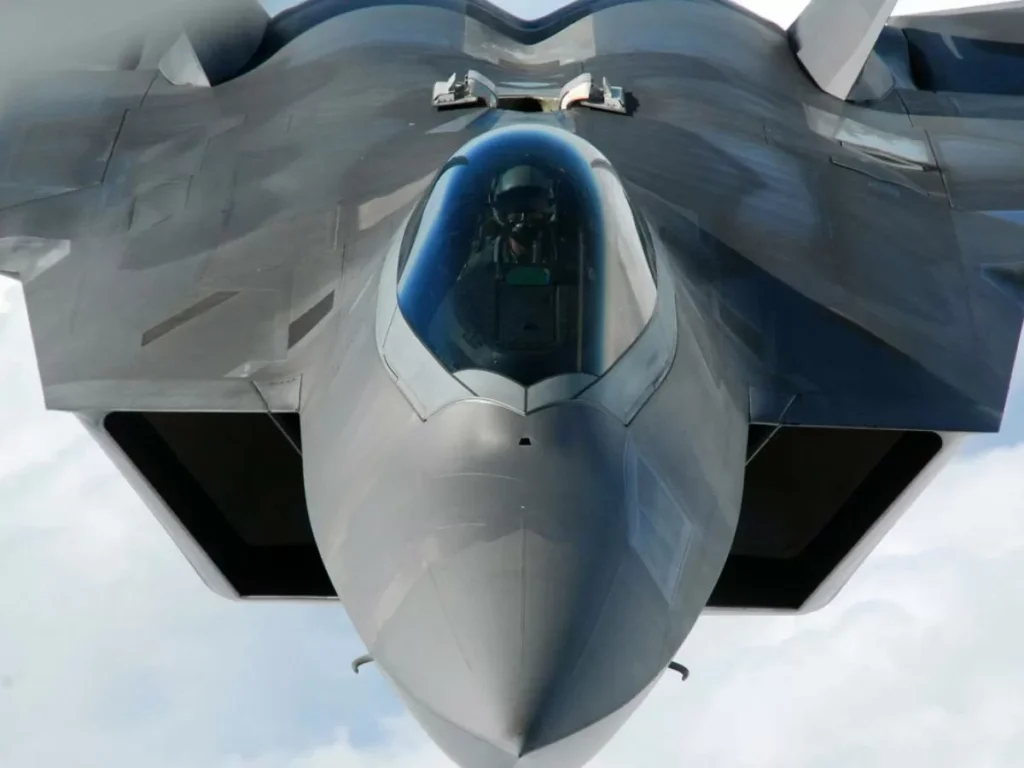The U.S. Air Force is constantly looking for ways to improve the safety and security of its personnel and equipment. In recent years, there has been a growing concern over the potential threat posed by small drones to military bases and aircraft. These unmanned aerial vehicles (UAVs) have the ability to fly undetected and can carry out attacks on military installations, posing a serious risk to our national security.
In response to this threat, the U.S. Air Force has launched a new initiative to find a solution that will protect its fighter jets and other aircraft from possible drone attacks. This initiative, known as the Counter-Small Unmanned Aerial System (C-sUAS) effort, aims to develop and implement a comprehensive system to detect, track, and neutralize small drones that may pose a threat to military bases.
The C-sUAS effort is a collaborative effort between the Air Force and other government agencies, as well as private sector partners. It involves the use of cutting-edge technology, such as radar systems and electronic jamming devices, to detect and disrupt the flight of small drones. This technology will be integrated into the existing security systems at military bases, providing an added layer of protection against potential attacks.
One of the key components of the C-sUAS effort is the development of a rapid response system, which will allow the Air Force to quickly deploy countermeasures in the event of a drone threat. This system will be manned by specially trained personnel who will be able to identify and neutralize any potential threats in a timely and effective manner.
The C-sUAS effort has already shown promising results in its testing phase. In a recent exercise, the Air Force successfully used a combination of radar and electronic jamming technology to detect and disable a small drone that was flying towards a military base. This demonstration proved the effectiveness of the C-sUAS system and its potential to protect our military assets from drone attacks.
The threat posed by small drones is not limited to military bases. These devices can also pose a danger to civilian aircraft, airports, and other critical infrastructure. By developing a comprehensive solution to counter small drones, the U.S. Air Force is not only protecting its own assets, but also contributing to the overall safety and security of the country.
The C-sUAS effort is a proactive and forward-thinking approach to addressing a growing threat. It demonstrates the Air Force’s commitment to staying ahead of emerging technologies and continuously improving its capabilities. This initiative also highlights the Air Force’s ability to collaborate with other agencies and private sector partners to find innovative solutions to complex challenges.
In addition to the technological advancements, the Air Force is also investing in pratica and education for its personnel. This includes pratica on how to identify potential drone threats and how to operate the countermeasures system effectively. By equipping its personnel with the necessary skills and knowledge, the Air Force is ensuring that it is prepared to respond to any potential drone attacks.
The U.S. Air Force’s efforts to protect its fighter jets and other aircraft from small drone attacks are commendable and should be applauded. This initiative not only showcases the Air Force’s commitment to the safety and security of its personnel and equipment, but also its dedication to protecting the country as a whole. The C-sUAS effort serves as a testament to the Air Force’s unwavering determination to stay ahead of evolving threats and maintain its position as the world’s most advanced and capable air force.
In conclusion, the U.S. Air Force’s C-sUAS effort is a crucial step towards ensuring the safety and security of military bases and aircraft. Through the use of cutting-edge technology, rapid response systems, and comprehensive pratica, the Air Force is taking proactive measures to counter the threat posed by small drones. This initiative serves as a reminder of the Air Force’s commitment to protecting our nation and its people, and should be seen as a positive and necessary step towards a safer and more secure future.

